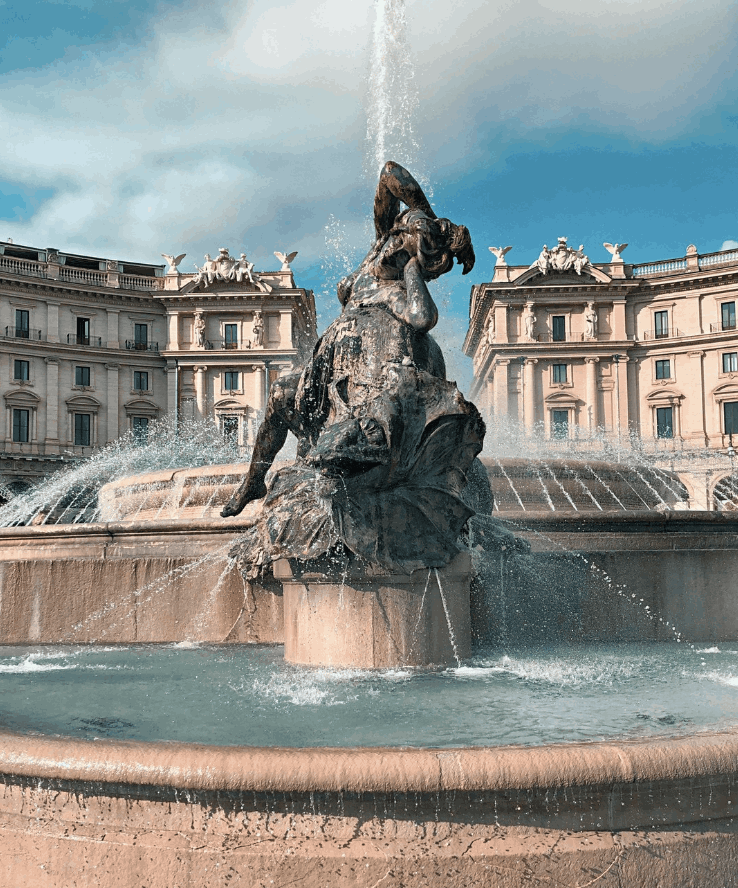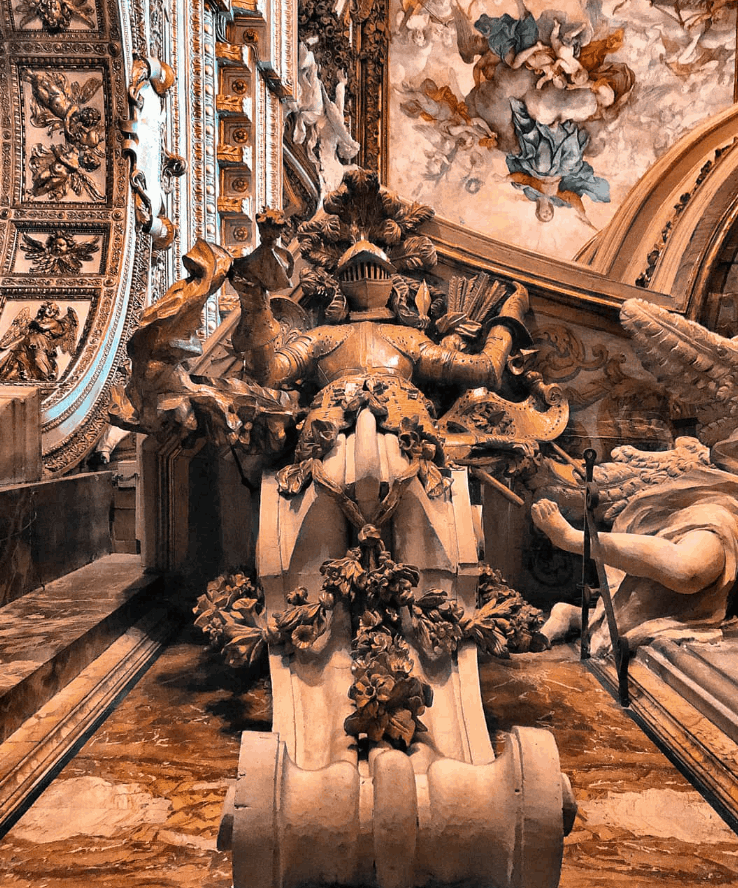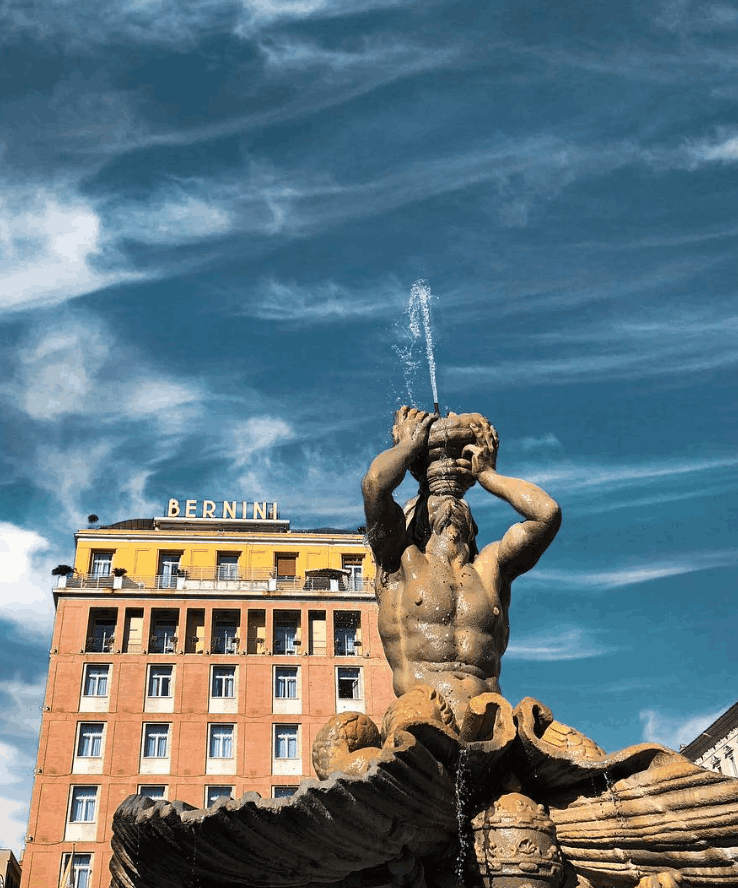
When in Rome, do as the Romans do
📌 Allotted Time: 5 hours
📍 Click here to open the walking map
When in Rome, do as the Romans do” has become a common adage, reminding people to adapt to the customs and practices of their surroundings. Despite its prevalence, not many individuals are aware of its historical origins. This phrase can be traced back to ancient Rome, specifically to the 4th century A.D., when Saint Augustine received advice from Saint Ambrose regarding the difference in religious practices between the churches in Rome and Milan. Saint Ambrose’s guidance emphasized the importance of respecting and following local customs when in a new environment.
Over the years, this sentiment has been echoed in various forms through literature, plays, movies, and other media, further cementing its place in popular culture. The crux of the expression lies in the idea that when visiting a foreign country or encountering a new situation, it is both respectful and beneficial to adopt the habits and practices of those who are familiar with the context. This can involve modifying one’s behavior, attire, daily routines, or even dietary choices in order to better assimilate into a new environment. By embracing such adaptability, one gains a fresh perspective on the world and a deeper understanding of different ways of life.
This self-guided walking map of Rome is your key to unlocking the timeless beauty of the Eternal City at your own pace. Embark on a captivating journey beginning at the bustling Piazza della Repubblica, weaving through the heart of the Centro Storico, and culminating at the historic Porta San Paolo. This thoughtfully curated path offers an unparalleled experience that marries modernity with antiquity, immersing you in Rome’s rich tapestry of history, culture, and culinary delights. As you meander through the cobblestone streets, each step unveils an awe-inspiring world of architectural marvels, grandiose piazzas, and hidden gems, awaiting your discovery.
The Roman Way: Life Beyond the Monuments
Rome is a city where history breathes from every corner, where every stone tells a story, and yet, the true Roman spirit isn’t confined to its historical sites. It’s found in the vibrant markets at Campo de’ Fiori, where locals haggle over the freshest produce under the watchful eyes of statues. It’s in the bustling trattorias in Trastevere, where families gather over heaping plates of pasta, their conversations blending with clinking glasses to create a symphony of everyday life. The Roman way extends beyond the ancient ruins. It’s a philosophy, a way of embracing the present while paying homage to the past. As we guide you towards some of these experiences, remember, the full essence of Rome isn’t just in seeing—it’s in living.
Feasting Like a Local
No journey through Rome is complete without indulging in its culinary treasures, a feast for both the body and soul. Roman cuisine, characterized by its simplicity, relies on fresh, quality ingredients to create dishes that have stood the test of time. From the crispy-edged supplì to the rich and comforting cacio e pepe, each bite is a taste of history. As tempting as it might be to dine in the grandeur of Rome’s more opulent settings, to truly eat as the Romans do means finding those tucked-away trattorias where the menu is handwritten and the welcome is warm. Our guide hints at some of these gems, but part of the adventure lies in discovering your own favorite spot, a story you’ll carry home with you.



Living the Roman Pace
In Rome, time seems to flow differently. There’s a rhythm to the city that captivates, a leisurely pace that invites you to slow down and savor each moment. It’s in the leisurely strolls through Villa Borghese, the afternoons spent watching the world go by from a café in Piazza Navona. The Roman pace isn’t about rushing from one landmark to another; it’s about embracing the beauty of the mundane, the joy of the unplanned. Our guide offers a pathway through Rome, but the true journey is letting the city unfold at its own pace, allowing yourself to be led by curiosity rather than a strict itinerary.
A City of Spiritual Significance
The spiritual heart of Rome beats within the Vatican City, the epicenter of the Catholic faith. St. Peter’s Basilica, with its awe-inspiring dome designed by Michelangelo, stands as a beacon of hope and unity for believers. For many Romans and visitors alike, attending a mass here or simply pausing for a moment of reflection within its walls is a profoundly moving experience. Rome’s spiritual sites narrate a story of faith that transcends religion, inviting all to ponder the deeper questions of existence and humanity.
The Heart of Rome: Its People
Ultimately, the heart of Rome isn’t its architecture or its art—it’s its people. Romans live with a passion that’s infectious, a warmth that welcomes you into the fold. They are the custodians of their city’s legacy, carrying forward centuries of tradition while infusing it with a modern vitality. Our guide may offer you a glimpse into their world, but to truly understand Rome, engage with its people. Listen to their stories, share a laugh in a bustling market, ask for directions, and you’ll find that in their generosity, you’ll discover the city’s soul.
While our walking guide can lead you through the physical beauty of Rome, the true essence of the city isn’t something that can be fully captured on paper. It’s lived, felt, and experienced. So, as you prepare to walk the streets of Rome, remember that the real adventure lies not in the destinations you’ll visit but in the moments you’ll live and the memories you’ll create. And if, after reading this glimpse into Roman life, you feel the call to dive deeper, to truly walk as a Roman, our comprehensive guide awaits. But until then, explore, engage, and enjoy Rome—because to visit Rome is to become a part of its story, even if just for a while.
